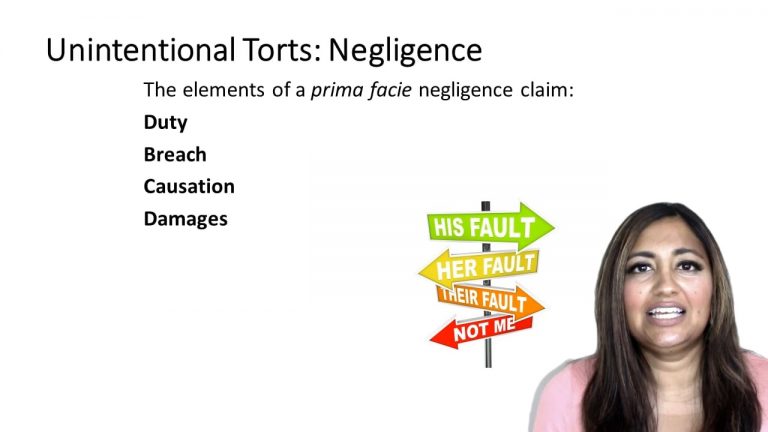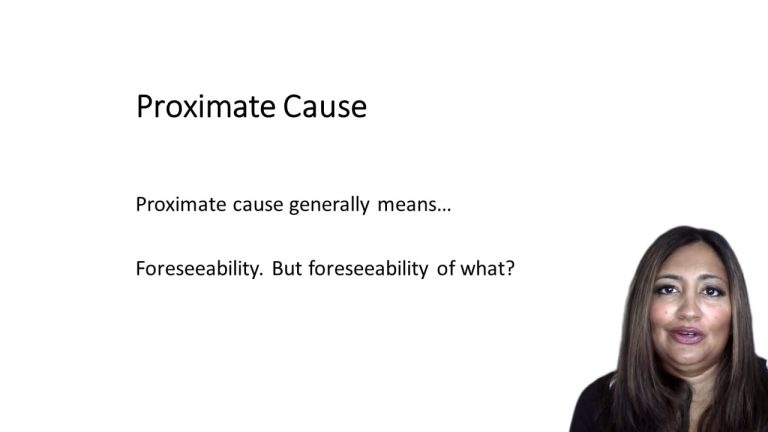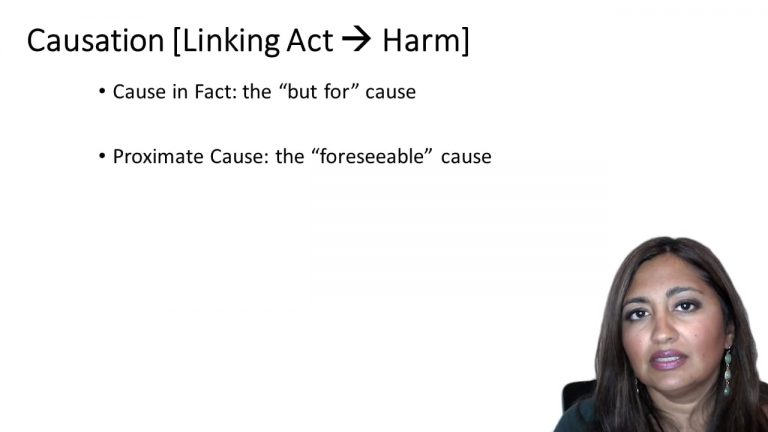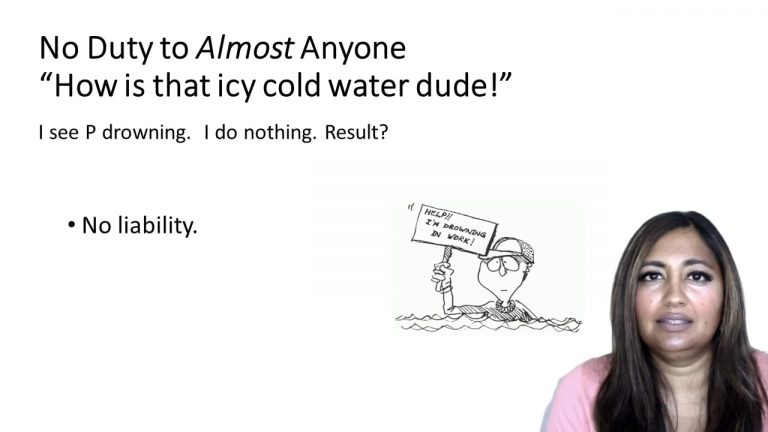SmartBrief
Confirm favorite deletion?
Torts keyed to Best
Bradshaw v. Daniel
Citation:
854 S.W.2d 865 (Tenn. 1993).Facts
Elmer Johns was admitted to an emergency room, after reporting headaches, muscle aches, fever, and chills. After admitted, he received treatment from the Defendant-physician. The doctor provided treatment for the Rocky Mountain Spotted Fever, but Johns’ condition quickly deteriorated and he died the day after admission. An autopsy confirmed this cause of death. During conversations with Johns’ wife, Genevieve, the physician never advised her of risk of exposure to the illness, nor provided information that this illness was the cause of her husband’s death.
Just a week after husband’s death, Genevieve was admitted to the hospital, reporting similar conditions as her late husband. Just three days later she died of the same disease. There was no physician-patient relationship between Genevieve and the Defendant.
Only StudyBuddy Pro offers the complete Case Brief Anatomy*
Access the most important case brief elements for optimal case understanding.
*Case Brief Anatomy includes: Brief Prologue, Complete Case Brief, Brief Epilogue
- The Brief Prologue provides necessary case brief introductory information and includes:
Topic:
Identifies the topic of law and where this case fits within your course outline.Parties:
Identifies the cast of characters involved in the case.Procedural Posture & History:
Shares the case history with how lower courts have ruled on the matter.Case Key Terms, Acts, Doctrines, etc.:
A case specific Legal Term Dictionary.Case Doctrines, Acts, Statutes, Amendments and Treatises:
Identifies and Defines Legal Authority used in this case.
- The Case Brief is the complete case summarized and authored in the traditional Law School I.R.A.C. format. The Pro case brief includes:
Brief Facts:
A Synopsis of the Facts of the case.Rule of Law:
Identifies the Legal Principle the Court used in deciding the case.Facts:
What are the factual circumstances that gave rise to the civil or criminal case? What is the relationship of the Parties that are involved in the case.Issue(s):
Lists the Questions of Law that are raised by the Facts of the case.Holding:
Shares the Court's answer to the legal questions raised in the issue.Concurring / Dissenting Opinions:
Includes valuable concurring or dissenting opinions and their key points.Reasoning and Analysis:
Identifies the chain of argument(s) which led the judges to rule as they did.
- The Brief Prologue closes the case brief with important forward-looking discussion and includes:
Policy:
Identifies the Policy if any that has been established by the case.Court Direction:
Shares where the Court went from here for this case.
Topic Resources
Topic Videos
 3m 43s
3m 43s 13m 43s
13m 43s 7m 12s
7m 12s 17m 8s
17m 8sTopic Outline
Topic Refresher Courses
